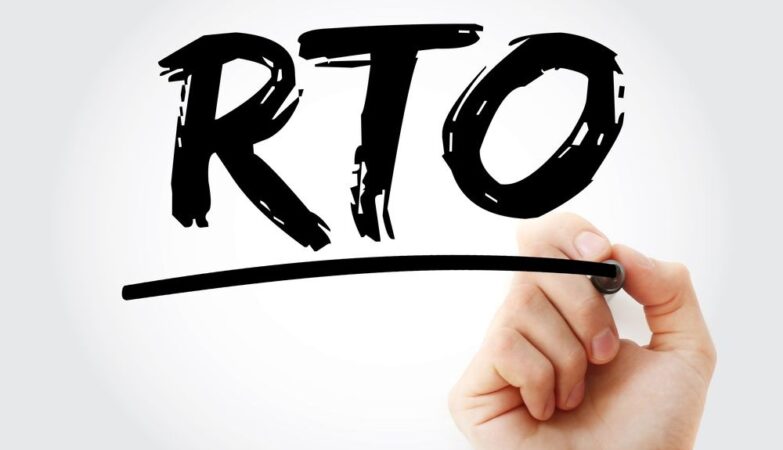Planning for retirement is one of the most important financial tasks we face in life. With people living longer than ever, retirement last 30 years or more. That’s a long time to fund without regular payroll deposits into your accounts. Proper investing is crucial for building the nest egg needed to generate retirement income that will carry you through your golden years.
Assess your current finances
List all your current assets – savings and checking accounts, 401k, IRAs, annuities, CDs, investment accounts, and any other holdings. Total up their current values. Next, make a list of your outstanding debts – mortgage, car loans, student loans, credit cards, etc. Add them up as well. Subtracting your liabilities from your assets will provide your current net worth. This will give you a benchmark to measure future progress.
Once you know where you stand, it’s time to calculate how much income you’ll need annually in retirement. Financial advisors often recommend planning for 70-80% of your pre-retirement income to maintain your current lifestyle. Why less than your full salary? Taxes are lower in retirement. You save on commuting costs and other work-related expenses. Mortgages are often paid off. And you no longer need to save a portion of your income. A retirement calculator helps you estimate your needs more precisely. Plug in details like your desired retirement age, estimated Social Security benefits, pension income, and rate of inflation. This will project how much you need to accumulate and safely withdraw annually. Establishing your target number is crucial for developing an effective investment plan.
Choose an investment mix aligned to your goals
Now it’s time to design a diversified investment portfolio to strive for your income goal. The optimal asset allocation depends on your risk tolerance, time horizon until retirement and required return rate. Younger investors with more time generally tolerate more volatility in exchange for higher returns. Those nearer retirements may favor a more conservative mix with fewer equities and more bonds and cash to preserve capital.
- 30+ Years – Growth-oriented – 50-70% stocks, 30-50% bonds
- 20-30 Years – Balanced – 40-60% stocks, 40-60% bonds
- 10 years or less – Income-oriented – 25-50% stocks, 50-75% bonds
Spread stock investments across market caps, sectors, geographic regions, and growth/value styles. Do the same with bonds, using a mix of government, corporate, short-term, long-term, and high-yield issues. Rebalancing your holdings annually will maintain your targeted asset allocation as markets fluctuate. For more details, visit here Fisher Capital Group.
Tax-advantaged retirement accounts
One of the smartest moves you make is to invest through tax-advantaged retirement plans, which allow your savings to grow faster. Traditional IRAs and 401(k)s let you deduct contributions from taxable income. The investments grow tax-deferred over the years. Money withdrawn in retirement is taxed as ordinary income. Roth accounts don’t offer an upfront deduction but allow tax-free growth and withdrawals later. Contribute the maximum allowable amounts to your 401(k) and IRA annually. Ensure you receive any matching contributions from your employer for your 401(k). Increase your contributions whenever feasible, particularly following a salary increase. If you’re 50 years old or above, utilize catch-up contributions. In 2024, the contribution limits are $22,500 for 401(k)s, with an additional $7,500 allowed for catch-up contributions, and $6,500 for IRAs, with an additional $1,000 allowed for catch-up contributions. The power of compounding tax-deferred growth over decades significantly impacts your retirement finances.





